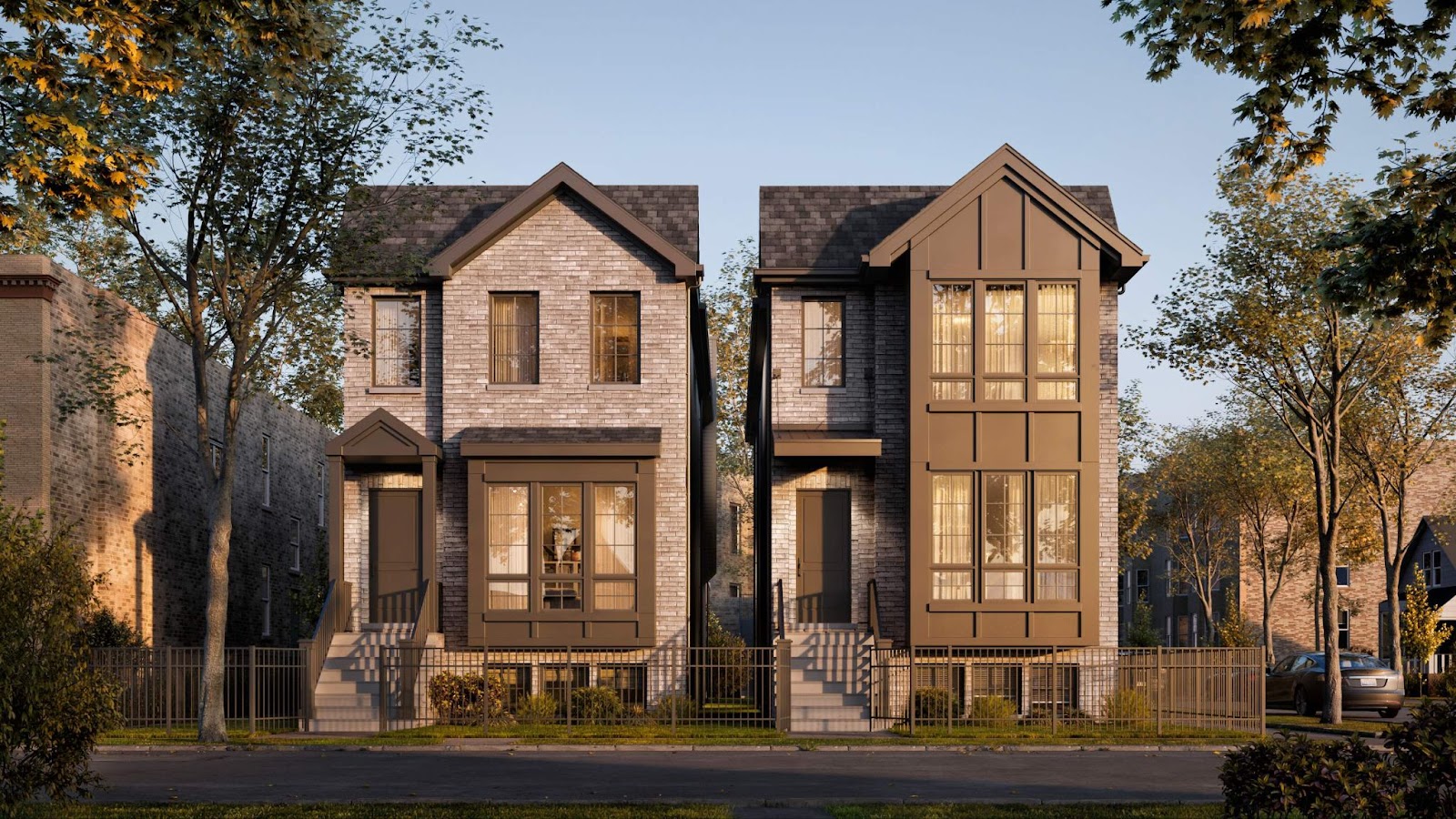Trends and Innovations in 3D Exterior Visualizations

3D exterior visualizations have rapidly increased across industries ranging from architecture and construction to marketing and entertainment. These visually engaging renderings allow us to better conceptualize buildings, spaces, and products through life-like images. The technologies continue improving, allowing the realism, interactivity, and overall impact of 3D visuals to grow exponentially.
Staying current with the latest trends and innovations in 3D visualization can help you understand how new creative possibilities streamline workflows. Organizations that fail to adapt run the risk of inferior visual content, added costs, and competitive disadvantage.
The trajectory of key trends transforming 3D exterior visualization, understanding and properly utilizing these innovations promises more efficient, higher-quality visuals with greater influence on decision-makers and audiences.
Real-time Rendering Streamlines Iteration
Real-time rendering is revolutionizing 3D exterior visualization workflows. Unlike traditional offline rendering, real-time rendering visually updates models in seconds rather than minutes or hours. This supports rapid iteration by allowing nearly instantaneous changes to materials, lighting, compositions, and more.
With the ability to visualize adjustments immediately, designers and clients alike gain better creative control and understanding. Rendering times no longer impede feedback cycles, supervision is simplified, and verification becomes seamless.
Integrating Augmented and Virtual Reality
Augmented reality (AR) and virtual reality (VR) introductions blend digital models into real-world contexts or transport viewers inside life-like environments. AR perfectly positions virtual buildings amidst existing skylines, landscapes, and streets-showcasing juxtapositions at true scale. VR immerses users within unbuilt interior spaces using intuitive navigation and interaction.
These technologies enable us to evaluate proposals and experience designs more naturally than screen-based media permits.
Sustainability at the Forefront
Sustainability is taking priority across industries, with environmentally friendly design visualization seeing surging demand. Used strategically, apps highlight energy efficiencies, water conservation, smart materials, alternative energy sources, and more through data visualizations. As climate change concerns grow, expect sustainability spotlights to become the status quo in external communication.
Dynamic Lighting Adds Realism
Mimicking lighting intricacies remain challenging in CG, but global illumination and ray tracing innovations offer exceptional simulations using deep data and complex calculations. Dynamic time-of-day lighting establishes ambiance while casting shadows, reflections, and glow naturally.
Granular control over sun positions and weather conditions illustrates environmental influences. Seasonal and celestial effects like snow, storms, and moon phases further heighten realism for distinct moments. As algorithms and processing power progress, next-level dynamic lighting will become standard practice.
AI Rendering Ushers New Possibilities
Artificial intelligence promises dramatic improvements in 3D visualization as generative algorithms grow more advanced. Rather than manually modeling each detail, AI-assisted tools like DALL-E can interpret natural language descriptive prompts to automatically generate 3D forms, materials, lighting, and compositions in seconds.
As the technology matures, capabilities stand to exponentially enhance visualization productivity.
Virtual Walkthroughs Evoke Emotive Responses
While 3D renderings establish objective design qualities, truly impactful visualization must evoke subjective emotive responses. Leading firms are transforming static images into interactive virtual experiences using game engine technology allowing first-person architectural glide-throughs.
Users physically walk routes while immersive headsets and binaural audio cues imbue an enveloping sense of presence. Clients don't just see buildings, they feel what it's like inside them. Deep emotional insights inform design while accelerating approvals. Blending these technologies with augmented and virtual realities will soon yield indiscernible combinations of real and imagined worlds.
Opportunities for businesses to embrace innovations
The rapid pace of innovation provides tremendous opportunities for businesses to gain competitive advantage and futureproof their visualization capabilities. By proactively adopting real-time rendering, augmented and virtual reality integration, AI generative design tools, and interactive walkthrough technology, firms can establish first-mover leadership in their markets. Forward-thinking companies will achieve greater productivity, deliver higher-impact visualizations, and claim vital proficiency with emerging tech. Additionally, businesses embracing innovation can foster cultures of creativity that attract top talent. Overall, the potential benefits of getting ahead of the curve are clear for organizations looking to bolster their design influence, streamline workflows, and resonate emotionally with clients through cutting-edge 3D exterior visualizations.
The rapid evolution of technology continues to open new creative fronts for 3D exterior visualization while streamlining workflows. Real-time rendering and integrated augmented/virtual realities enable more intuitive design iteration and evaluation than ever before. Dynamic lighting and AI generative tools unlock unprecedented realism, detail, and efficiency.
By proactively harnessing these trends, firms can establish a critical competitive edge today while futureproofing their capabilities moving forward. First-movers will achieve greater visualization productivity, deliver higher-quality and more influential renderings, and claim valuable technological proficiency.
The leading firms will propel exponential gains in realism, efficiency, and emotional engagement over the coming years.